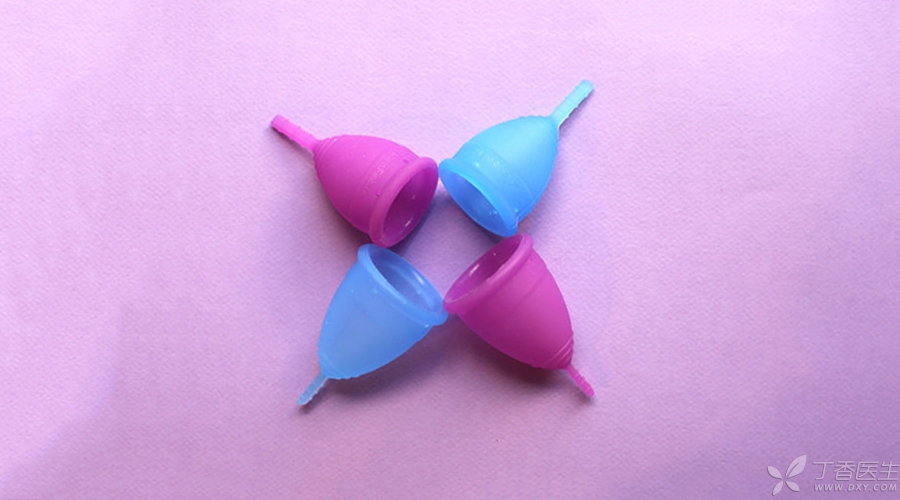
Before 2013, like most girls, I used sanitary napkins for more than ten years. My sister must have experienced it deeply. Winter is fine. The sultry friction and airtight sanitary napkins in summer really make people want to lift the table for minutes. Although I never have dysmenorrhea, I still feel gloomy in those days when I came to my big aunt.
I am very glad that I met tampons at the age of 22 and menstrual cups at the age of 24. I would like to share with you some experiences of using tampons and menstrual cups.
There will be straightforward organ words in the article. Don’t be shy. It is a part of our wonderful body.
Tampons open the door to a new world.
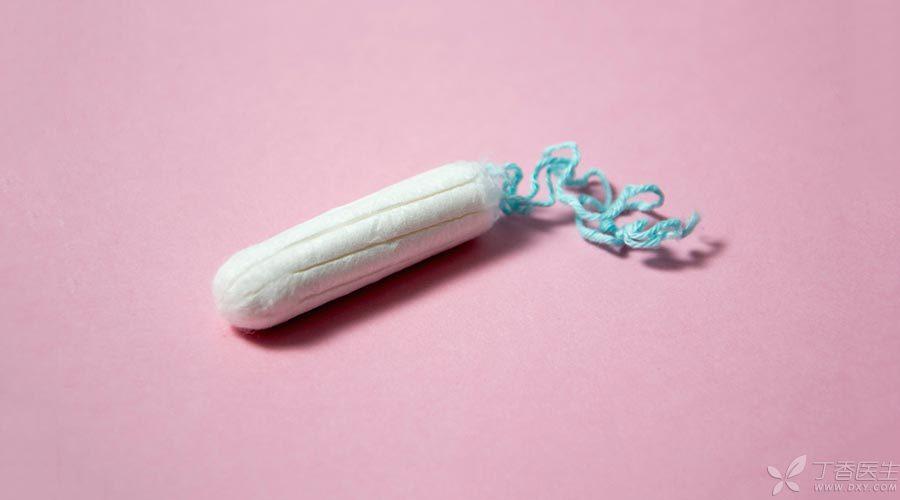
The first time I knew about tampons was because a colleague opened a tampon and told us that tampons were a small ball of cotton that could absorb menstrual blood in my body. At that time, I was shocked and didn’t want to try it at all.
A year later, I happened to see a post introducing tampons. The sentence in the post [can make you feel that you are coming at all] poked me. I thought, why don’t you give it a try?
There are two types of tampons: finger-in type and catheter type, which I have used before. Generally speaking, it is easier for beginners to use catheter type.
My personal feeling of using finger-in style is: [pain, dryness, astringency], capital bold no! Okay! Use! No matter how relaxed I am, it is useless…
The first time, after wasting three tampons, I finally pushed it into the right position. To tell the truth, at that moment, I was absolutely refreshed and radiant, and fully realized what’s call [just like not coming to my big aunt]!
Tampons have been with me for more than two years. During this period, I have experienced swimming, traveling, hiking and other things that cannot be done with sanitary napkins, which have significantly improved my quality of life.
Cool Artifact Than Tampons: Menstrual Cup
Last month, I decided to try an artifact that is said to be better than tampons: menstrual cups.
The menstrual cup is made of medical silica gel or rubber and looks a bit like a funnel, except that the lower end is closed.
Unlike sanitary napkins and tampons, menstrual cups do not absorb menstrual blood, but collect menstrual blood and pour it out, so there is no need to worry about toxic shock syndrome (TSS) caused by too dry vagina.
How does menstruation cup plug in?
The menstrual cup is larger than the vagina, so of course it must be folded before it can be inserted.
According to the instructions, I first scalded the menstrual cup with boiling water and washed my hands with soap. This step is very important, because the menstrual cup and fingers will contact the vagina and must be cleaned well.
Holding a clean menstrual cup, I first tried the C-folding method recommended by the most people on the Internet:
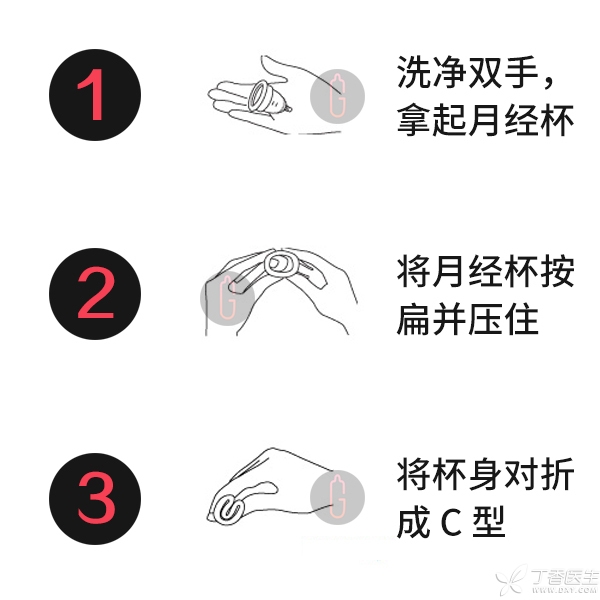
However, the C-type folding method does not seem to apply to me. I still cannot put it in after five or six attempts. Therefore, you see, what the most people use is not necessarily the most suitable for them, and they must try before they know.
Then I tried the press-down folding method:
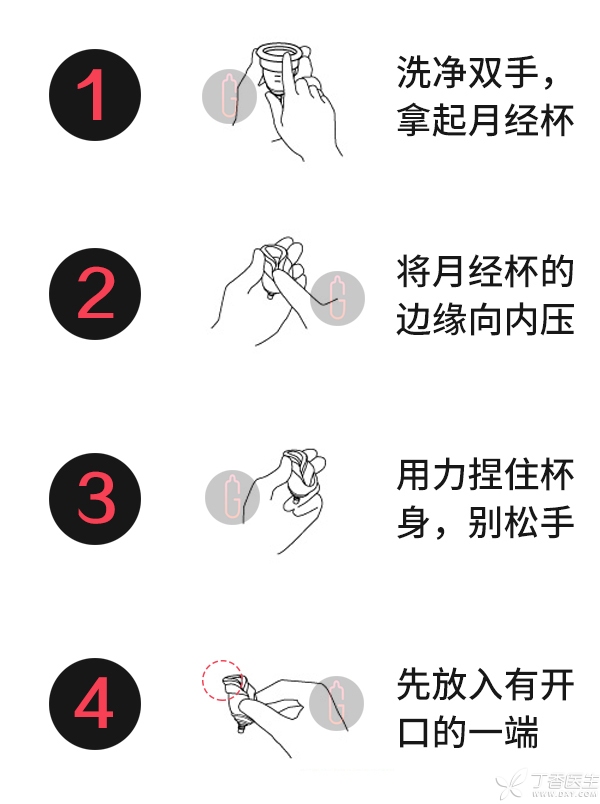
Then I succeeded!
The menstrual cup will spread out in the vagina and cling to the vaginal wall to form a vacuum environment. After successfully putting it in, I walked, ran and jumped in situ without feeling any foreign body.
Are you sure the menstrual cup is unfolded in the body?
After successfully stuffing, enjoy the joy of this moment a little. Don’t forget one very important thing: make sure that the menstrual cup is really unfolding in the body.
The confirmation method is to make a circle along the bottom of the cup with your fingers. If you feel smooth, then OK.
I have learned the lesson of blood flowing into rivers:
Feeling something was wrong during the use, I rushed to the toilet and it leaked out. When I took it out, I found that it was caused by the incomplete unfolding of the menstrual cup. Since then, I will definitely check and confirm it and give a warning to the girls.
How long can menstrual cup be put in the body?
According to the instructions, the menstrual cup can stay in the body for up to 12 hours.
My personal arrangement is to put it in before going out at 8: 00 a.m. and take it out at 20: 00 p.m. at home, clean it and plug it in again. As long as you grasp the [12-hour principle], you can arrange your time flexibly.
Will it… Leak out?
According to the data I searched, menstrual cups are rarely full and leak out, because menstrual cups have a capacity of 25 mL (small) and 30 mL (large). If you use 3-4 pieces of sanitary napkins during the day, the general problem is not big.
My own experience is that even on the day of the largest amount, it is only a little more than half. A sister told me that she often felt full, and when she took it out, it was less than half… … …
Ten thousand steps back, even if it is really full when going out, there are still two ways:
- After pouring the menstrual blood, rinse it, put it back and buy another one with you to replace it.
How to take out the menstrual cup?
Before taking it, you must wash your hands with soap, then enter the vagina with your fingers and hold the small handle at the end of the menstrual cup. At the same time, your abdominal muscles and vagina are as hard as urinating, and then slowly pull the small handle outward.
This is a more and more convenient process. It took me 10 minutes to take it out for the first time, and it can be done in tens of seconds after I get used to it.
How does menstruation cup wash?
If it is menstrual period, pour out the menstrual blood after taking it out, then rinse it with tap water. If conditions permit, clean it again with neutral soap or lotion, and then put it in.
After the big aunt is over, let the menstrual cup boil in boiling water for 5 minutes, or wash it with special lotion, dry it and pack it in a small cloth bag.
After using tampons, why do I still choose menstrual cups?
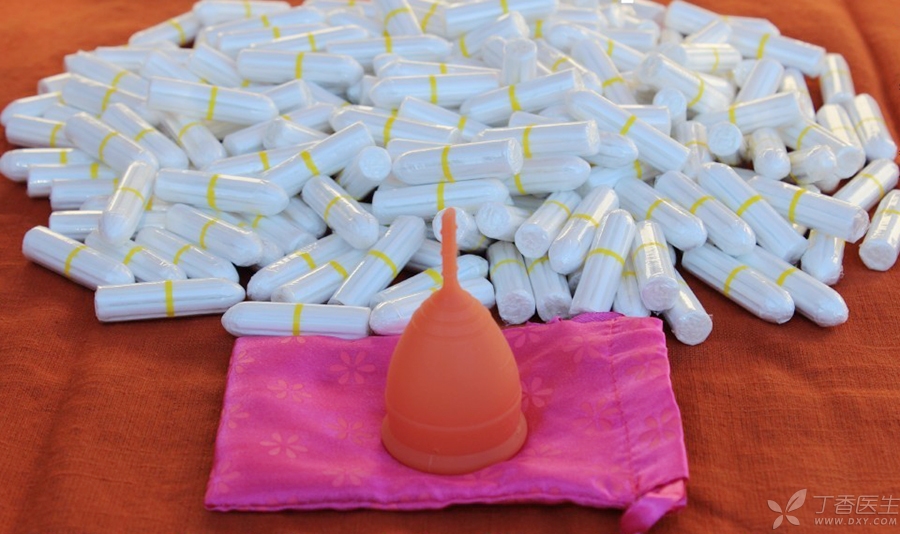
Menstrual cup has high cost performance,
The average cotton sliver is one yuan per sliver, and the annual cost is between 200 and 300 yuan, which is only a conservative estimate. Although a menstrual cup needs 200 yuan, it can be used for 2-10 years, friends!
Menstrual cups are more environmentally friendly.
Although the proportion of plastic in tampons is less (about 4%) and the proportion of cotton is higher (79%) than that in sanitary napkins, cotton needs to consume a large amount of water resources in the planting process, and unecological planting methods will also cause soil to suffer from chemical fertilizers, pesticides and herbicides.
The material of the menstrual cup is silica gel, which can be reused and is extremely successful in environmental protection.
Q&A
Q: Does it hurt to put it in?
A: Compared with tampons, the discomfort of using menstrual cups for the first time will be stronger. I suggest that girls try menstrual cups after they are familiar with their bodies and get used to them.
Q: How about comfort?
A: I’ll give you 100! As long as you put it in the right position, you won’t feel anything. From then on, you will say goodbye to the sultry, humid and airtight!
Q: Do you have any size?
A: Menstrual cups have S and L numbers. The selection criteria are generally whether to give birth.
Q: Will it puncture the hymen?
A: Although most of the information found on the Internet says virgins can be used, there is no literature saying that 100% of them will not puncture the hymen. After all, cycling and dancing can rupture the hymen… So if you care about the hymen, try carefully.
Q: Will the menstrual cup enlarge the vagina?
A: The material of the menstrual cup is medical silica gel. It is very elastic, and the vaginal muscles are also elastic. It is not so easy to enlarge.
Q: Can I swim?
A: From my personal experience, yes.
Q: Can’t what people use it?
A: It is not suitable for patients with dizzy blood, prolapse of pelvic floor organs such as uterus and bladder. For female friends of vaginitis and pelvic inflammatory disease, please consult a doctor.
Q: Where can I buy it?
A: You can find a reliable purchasing agent or find a reliable purchasing agent. There are also domestic brands.
What issues are also welcome to be raised in the comment area ~
